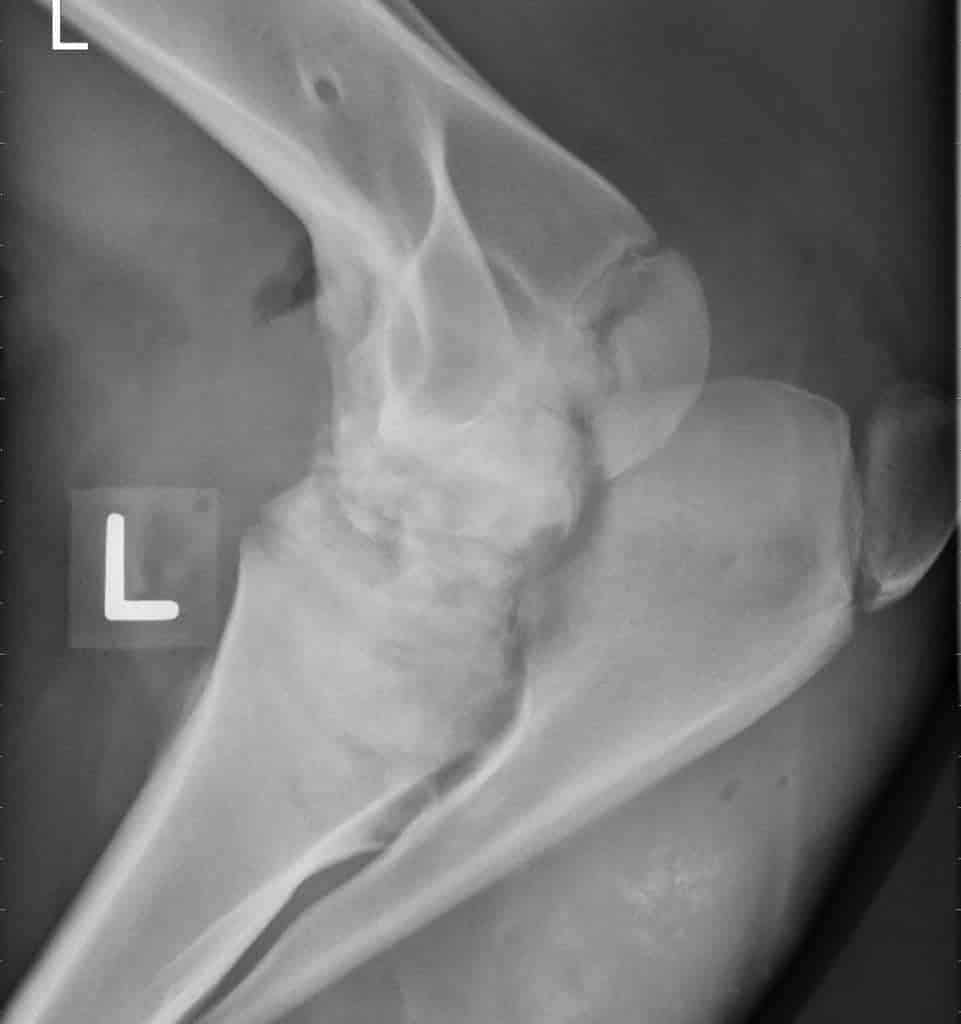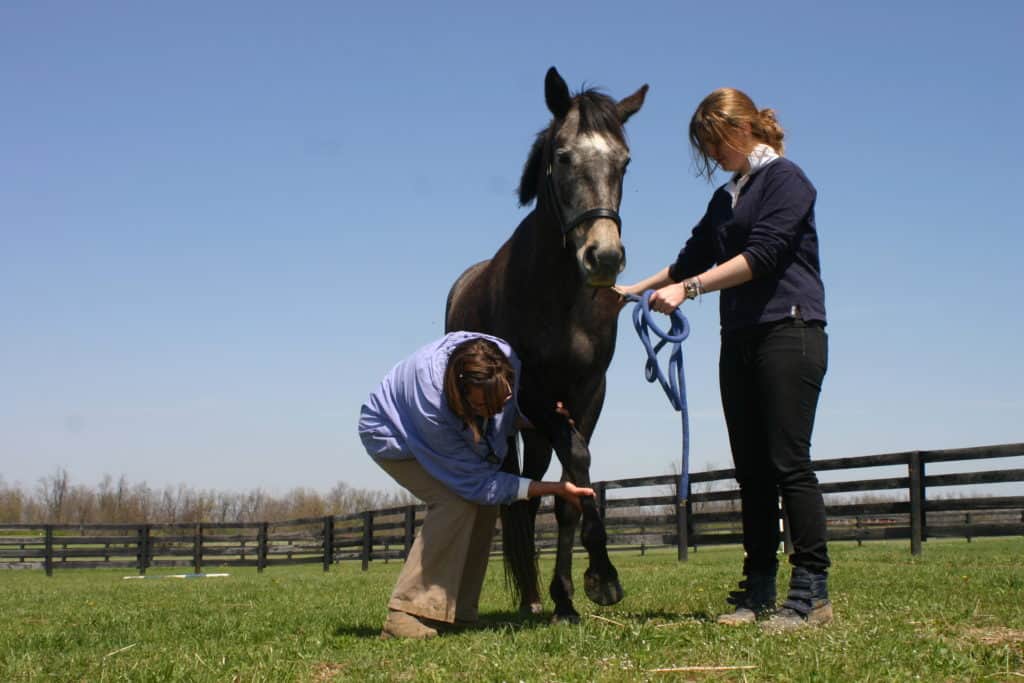
Horse Gaits: Sound Doesn’t Equal Symmetrical
Research indicates that most sound horses’ movements differ depending on direction of travel on a circle.

Research indicates that most sound horses’ movements differ depending on direction of travel on a circle.
The hind limb lameness seminar will be held in conjunction with the AAEP’s Business Education Workshop.
A recent study suggests that with supportive care affected foals can lead healthy and productive lives.
The team measured anti-Mullerian hormone in the blood to successfully diagnose chryptorchidism.

One researcher described how to evaluate horses’ feet, legs, and gaits for potential soundness or lameness.
The 2012 program kicks off on Feb. 23 with “Managing Angular Limb Deformities in the Young Horse.”

A physical therapy program is owner- and horse-intensive in terms of time and energy for successful outcomes.
The schedule includes three owner seminars, a breeding clinic, and three pedigree and conformation clinics.

Despite their ghastly appearance most jaw fractures can be repaired relatively easily in a field setting.

Treatment goals should be to aid in performance without eliminating the joint’s natural response to injury.

Kissing spines are more likely to cause clinical problems in certain breeds, disciplines, and age groups.

A thorough physical examination and tailored therapeutic approach can help relieve equine neck and back pain.
Research has shown that performing carrot stretches can strengthen the muscles that stabilize a horse’s back.

Bracelets and leg weights strengthen and activate certain muscles to help improve hind end gait abnormalities.

Wobbler syndrome is no longer a death sentence for horses if detected and managed early.

MRIs picked up a wider range of abnormalities in some lame horses than did X rays or ultrasounds.
Stay on top of the most recent Horse Health news with
"*" indicates required fields